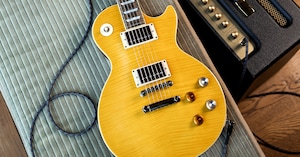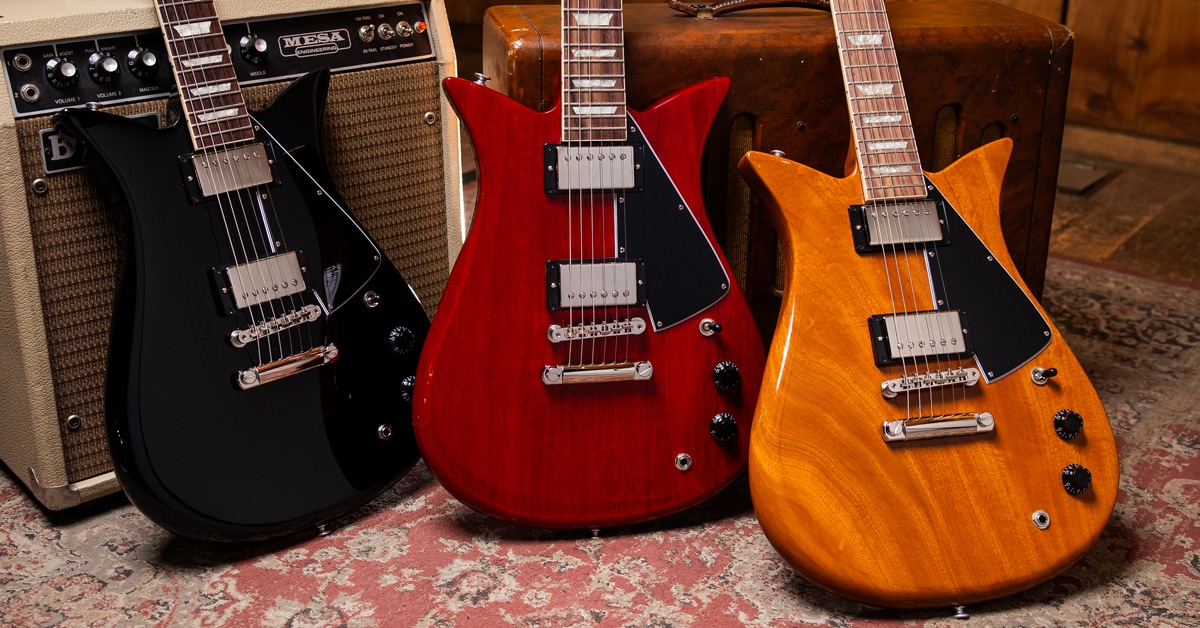As Gibson president from 1950 to 1966, Ted McCarty was the genius behind the development of innovative, culture-jolting and iconic guitars, such as the Les Paul, ES-335, Explorer, Flying V, Firebird, Moderne and SG. He certainly was a forward-thinking creator who wasn’t afraid of pushing envelopes and “Tilt-A-Whirling” design expectations (Flying V, anyone?).
McCarty’s fertile mind never seemed to stop generating ideas, so it was simultaneously surprising and not-so-surprising that Gibson Vice President of Product Mat Koehler discovered an original, unproduced design concept drawn by McCarty in the company’s engineering archive. (In a touch of humor played by mischievous fates, McCarty’s 1957 electric guitar drawing was found huddled in a portfolio on ’40s lap steels.)
The impact of a previously unknown and excavated McCarty design was obviously huge news in the guitar community. The Gibson Custom Shop was given the responsibility of crafting a limited-edition run of the model—now christened the “Theodore”—as part of the Gibson Archive Collection in 2022.
As Koehler explains in the following interview, the immediate popularity of the Gibson Custom Shop’s Theodore inspired the company to manufacture a Theodore Standard that would be available to more players. It’s also fitting that a futurist such as Ted McCarty would devise a guitar in the late ’50s that is being released as a new—albeit revamped and modernized—model in 2024.
What are the main differences between the 2022 Gibson Archive Collection Theodore and the 2024 version?
Mat Koehler: Aside from being made at the Gibson USA “craftory,” rather than at the Gibson Custom Shop, the main points of distinction between the two models are the body construction, hardware and electronics. The limited Custom Shop version featured an alder body with a walnut center strip, a wraparound tailpiece and twin P-90s. The Theodore Standard has a mahogany body, an ABR-1 style bridge, stopbar tailpiece and ’57 Classic and ’57 Classic Plus humbuckers. It also has simplified controls, with a master volume and master tone, instead of the Custom Shop version’s independent volume controls for each pickup.
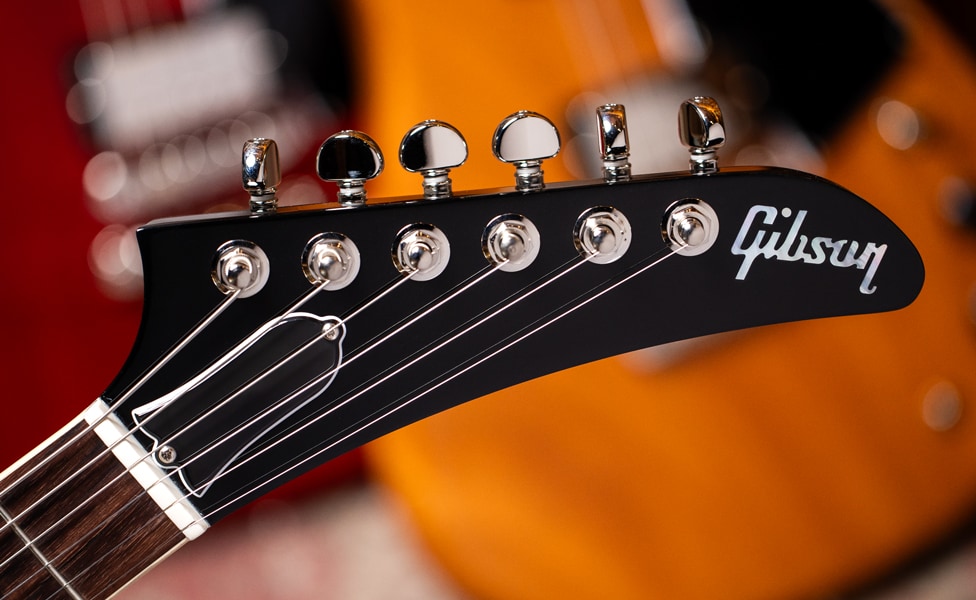
Did Ted McCarty leave any specific notes as to what he was trying to achieve with the Theodore that he hadn’t already brought to life with his other designs?
The drawing was pretty much all we had to go on, but there was some precedent with earlier concept drawings from November 1955 for acoustic guitars, believe it or not. It’s possible Ted was recycling some of those ideas, which, ironically, got recycled again into the Explorer. The fun part was seeing how each of us in product development interpreted Ted’s drawing.
For example, I think its design was what led to the double-cutaway Les Paul Special, so I saw soapbar P-90s. However, because the pole screws were drawn nearer to the sides of the pickups, Master Luthier Jim DeCola thought it was possible that humbuckers were the goal. It would have been much too early for mini humbuckers, so it was either P-90s or humbuckers.
What was the competitive market like for Gibson in 1957? Was McCarty possibly attempting to create something to compete with Fender, Gretsch and other companies for emerging rock players?
Yes. The market was heavily influenced by the fact that rock and roll was taking hold. In the late 1950s, we were rapidly developing electric instruments of all types to remain relevant. We also presented different approaches to solving feedback and noise issues at high volume—such as the new humbucking Patent Applied For (aka P.A.F.) pickups, the center-block construction of the ES-335, and the full solidbody format of the other models. In addition, we needed more access to the fingerboard in the high register. Double cutaways became the best solution for that.
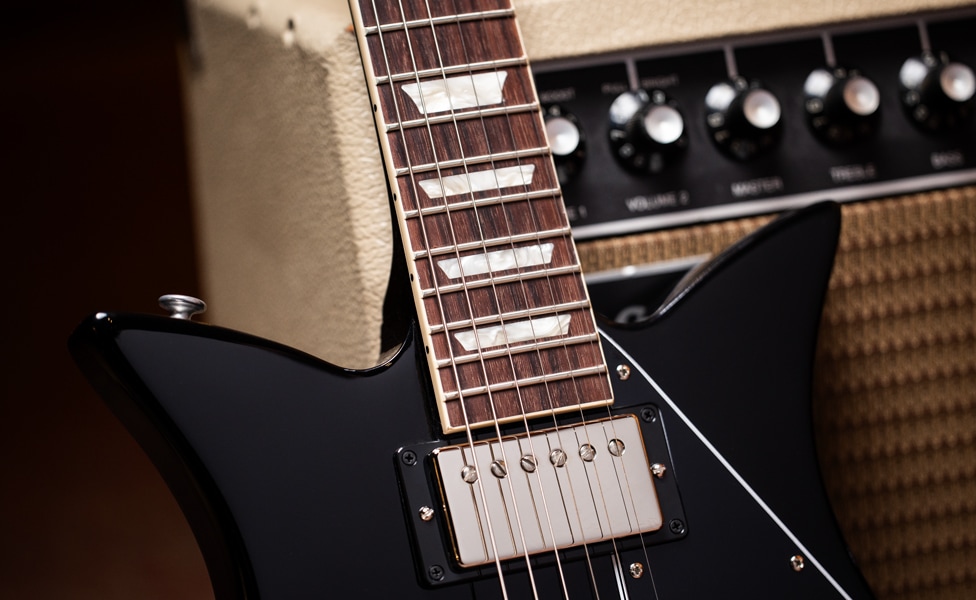
What prompted the decision to manufacture—and modernize—the Theodore this year?
The fact the Custom Shop run sold out instantly was a pretty great indicator the public might accept this as a new, core-model platform. We did the appropriate forecasting and market research, as well, but it started with the success of the limited Gibson Custom run.
Where does the Theodore fit in current Gibson offerings, and what type of player do you feel the new guitar might appeal to most?
Theodore is a compact, lightweight solidbody design that’s incredibly approachable—whether standing or seated. It features excellent upper-fret access and a SlimTaper neck, so it’s very well suited to players with smaller hands and frames. Perhaps, it’s the Gibson for players who find a Les Paul or ES-335 unwieldy. Or maybe, it’s the guitar for those who want to make their own statement, rather than play a model with strong, historical artist associations. Theodore is definitely genre agnostic!
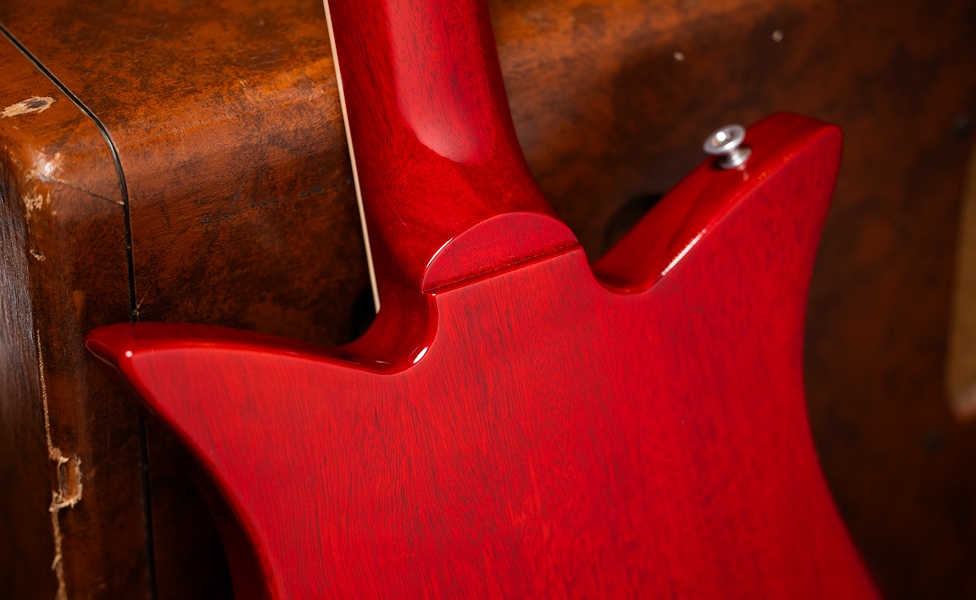
McCarty’s designs were not always smash hits when first released, but all of his innovations became popular and/or revered classics with time. Was he simply a person ahead of his time, or were there other factors in the mix?
The evolutions of the electric guitar and popular music are inextricably linked, but there was a little push-and-pull along the way. Sometimes, players’ demands drove product development, and, sometimes, certain innovations took a while to percolate with musicians. By the mid 1960s, fuzz pedals, treble boosters and louder amplifiers made the benefits of solidbody guitars with humbuckers much more obvious. Fashion also became daring, so designs such as the Flying V suddenly made sonic and aesthetic sense to players.
Is there an old file cabinet somewhere that’s filled with additional McCarty designs?
There will be more Archive-inspired releases, but this was the only complete concept drawing signed by Ted McCarty that we were able to find in our archive.
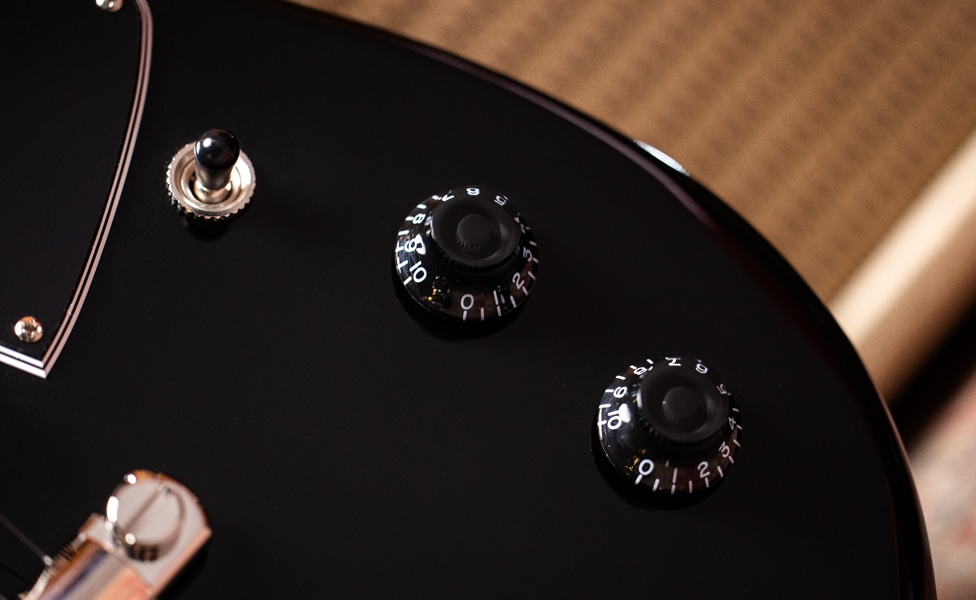
Sonically, how would you describe the new Theodore? Does it deliver its very own unique sound, or is it an interesting take on Gibson models such as the Les Paul and Explorer?
The ergonomics are different, but the nature of its materials and sound are similar to an SG Standard. The real standout feature of the Theodore is its snarling, searing bridge pickup tone—it’s almost like a really good Junior. The ’57 Classic Plus humbucker in the bridge was a great choice.
How does the sound of the 2024 Theodore compare to the 2022 Gibson Archive model?
The limited Gibson Custom release was raw—and historically inspired—with its P-90s and wraparound tailpiece. The new model is more refined for the modern player, and more versatile as a result.
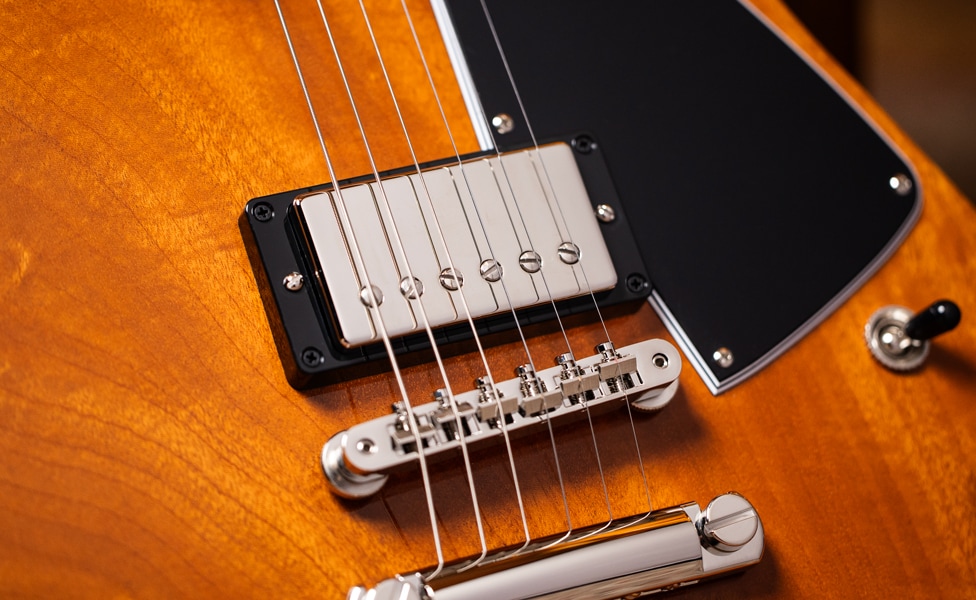
McCarty was at Gibson until 1965, and the original “Theodore” was designed in 1957. He probably could have had the guitar manufactured soon after he designed it. What factors—possible design concerns from McCarty himself, manufacturing issues at the time, marketing considerations, etc.—may have stopped him from getting the guitar into the Gibson lineup?
It's the creative process, and I liken it to songwriting. Inspiration strikes, and you might write down fragments that find themselves in other songs. You might compose a complete song that doesn’t end up getting produced, or you could have a hit on your hands. In this case, all three are true.


